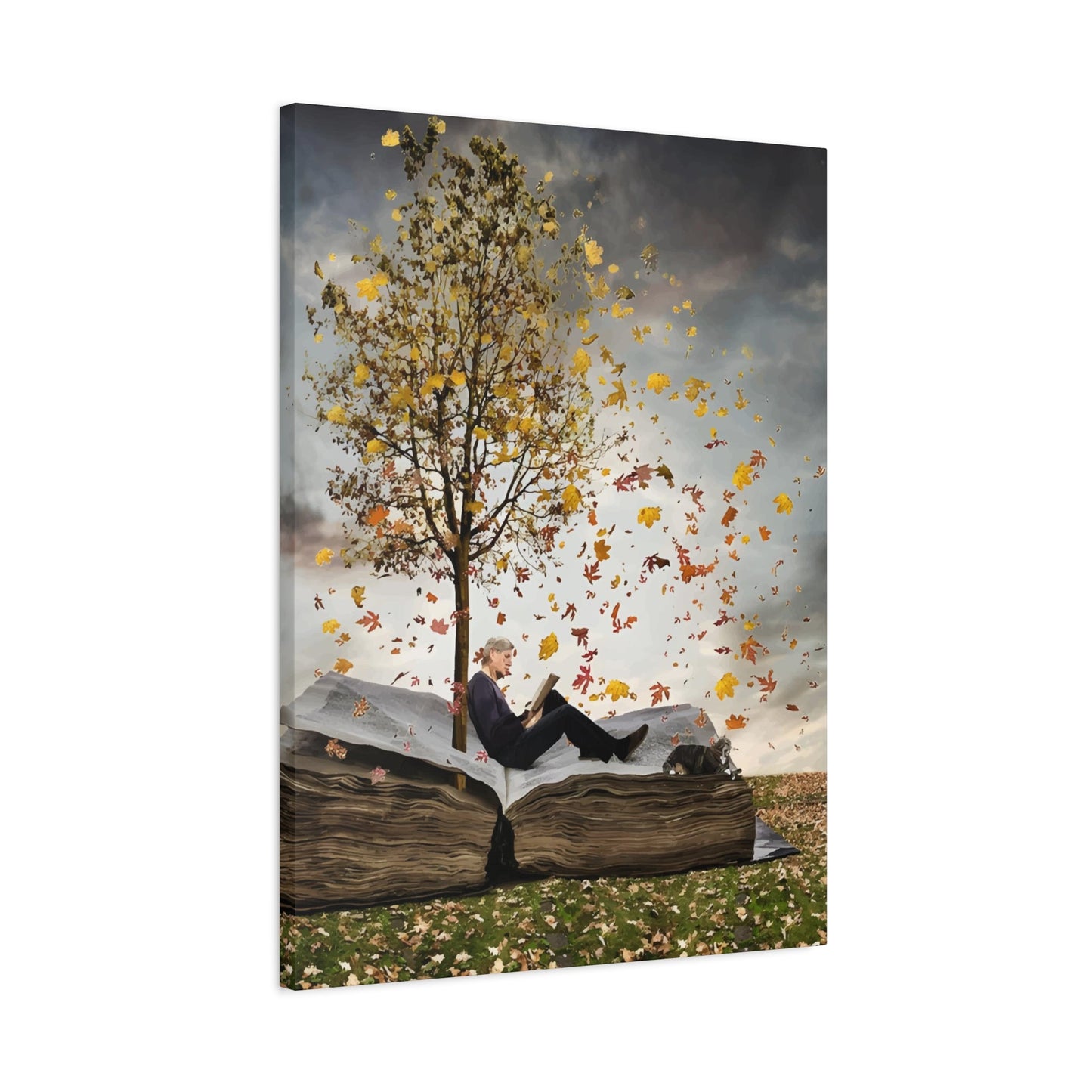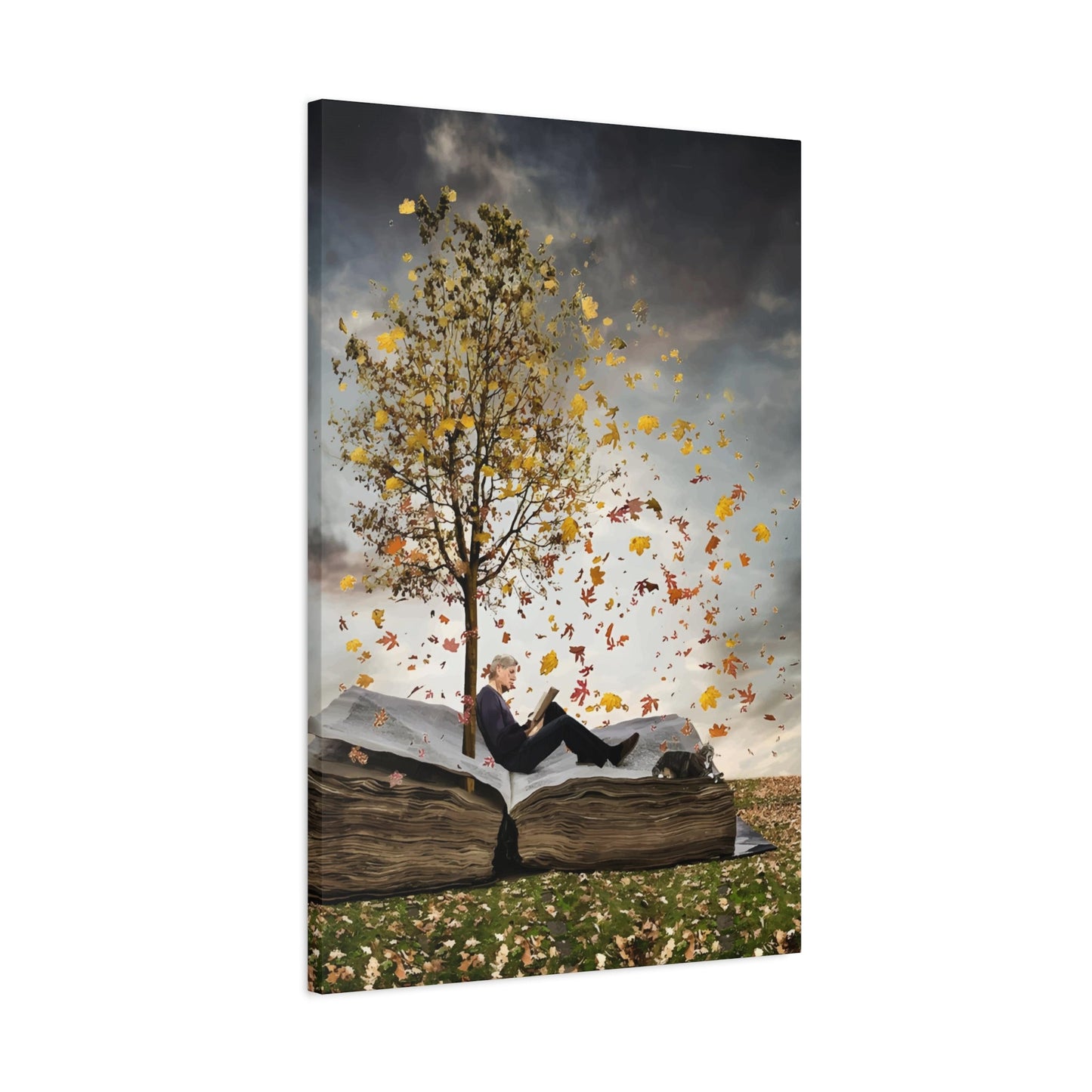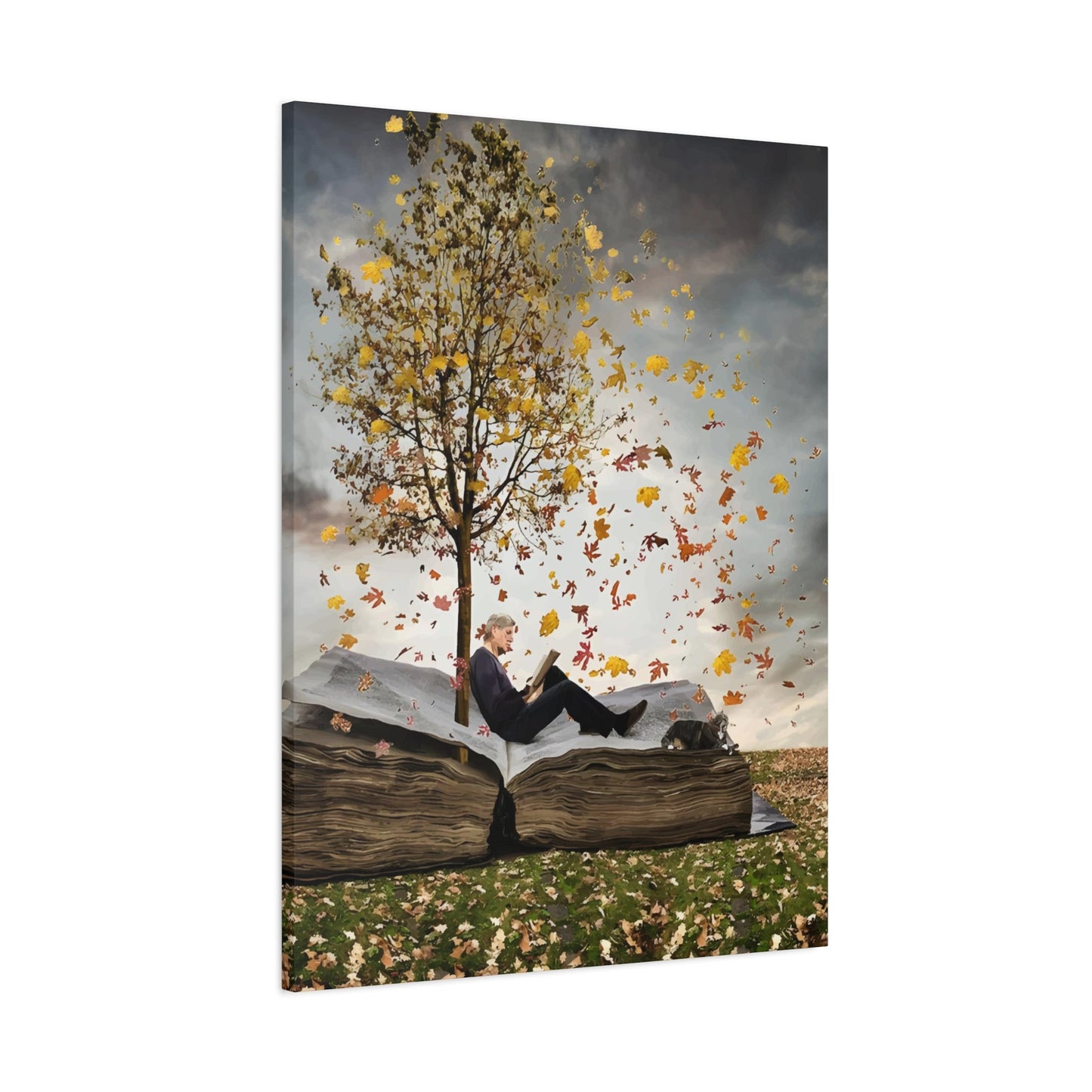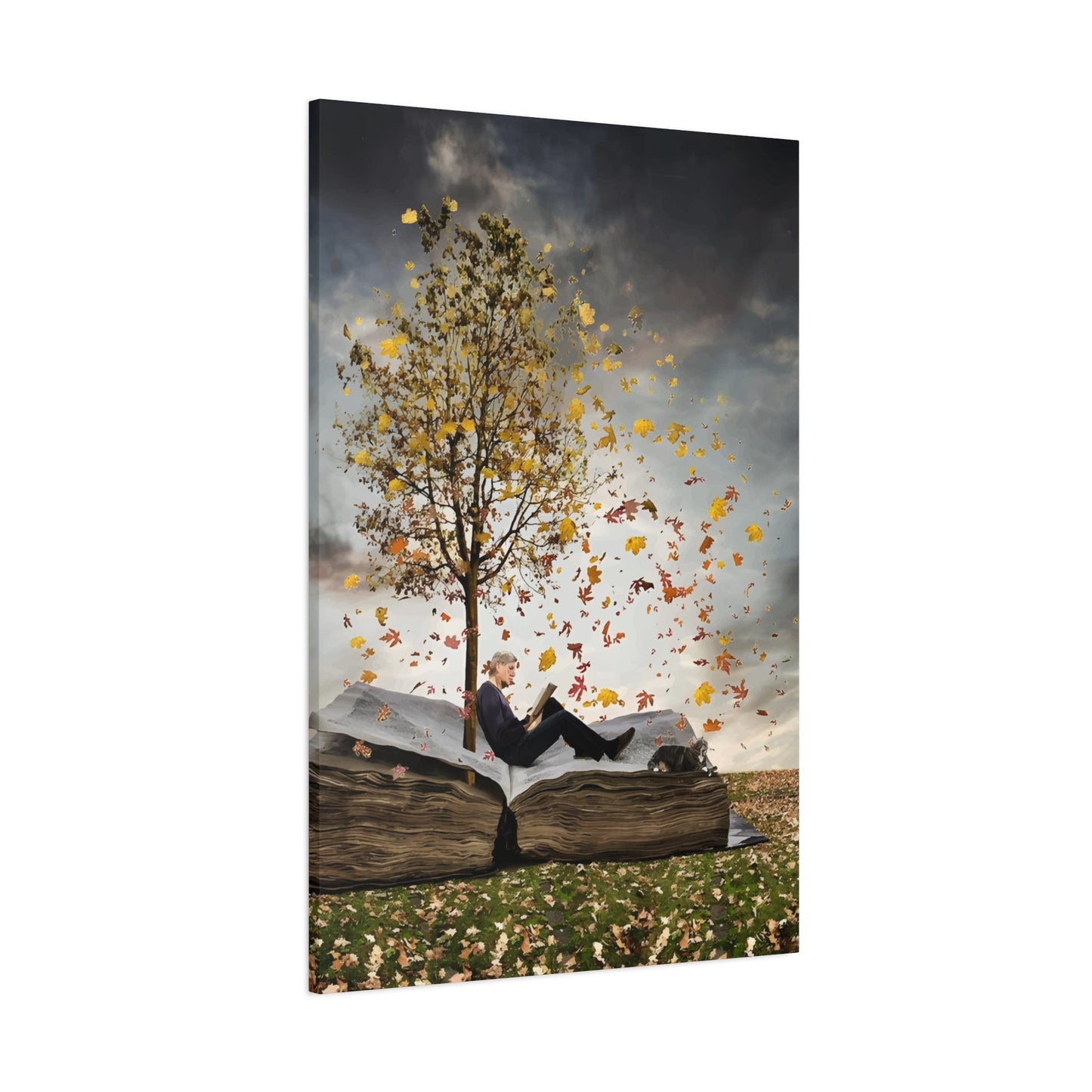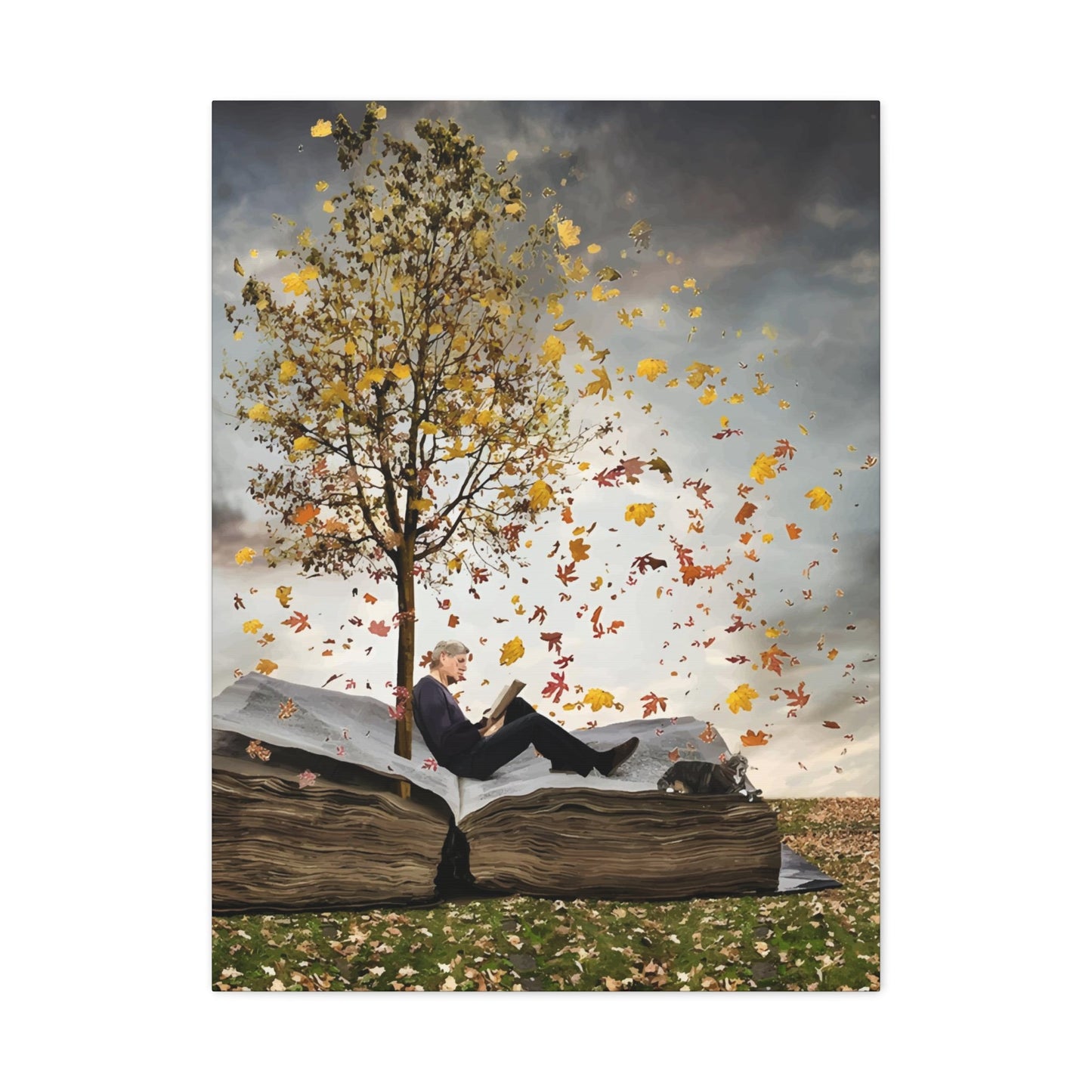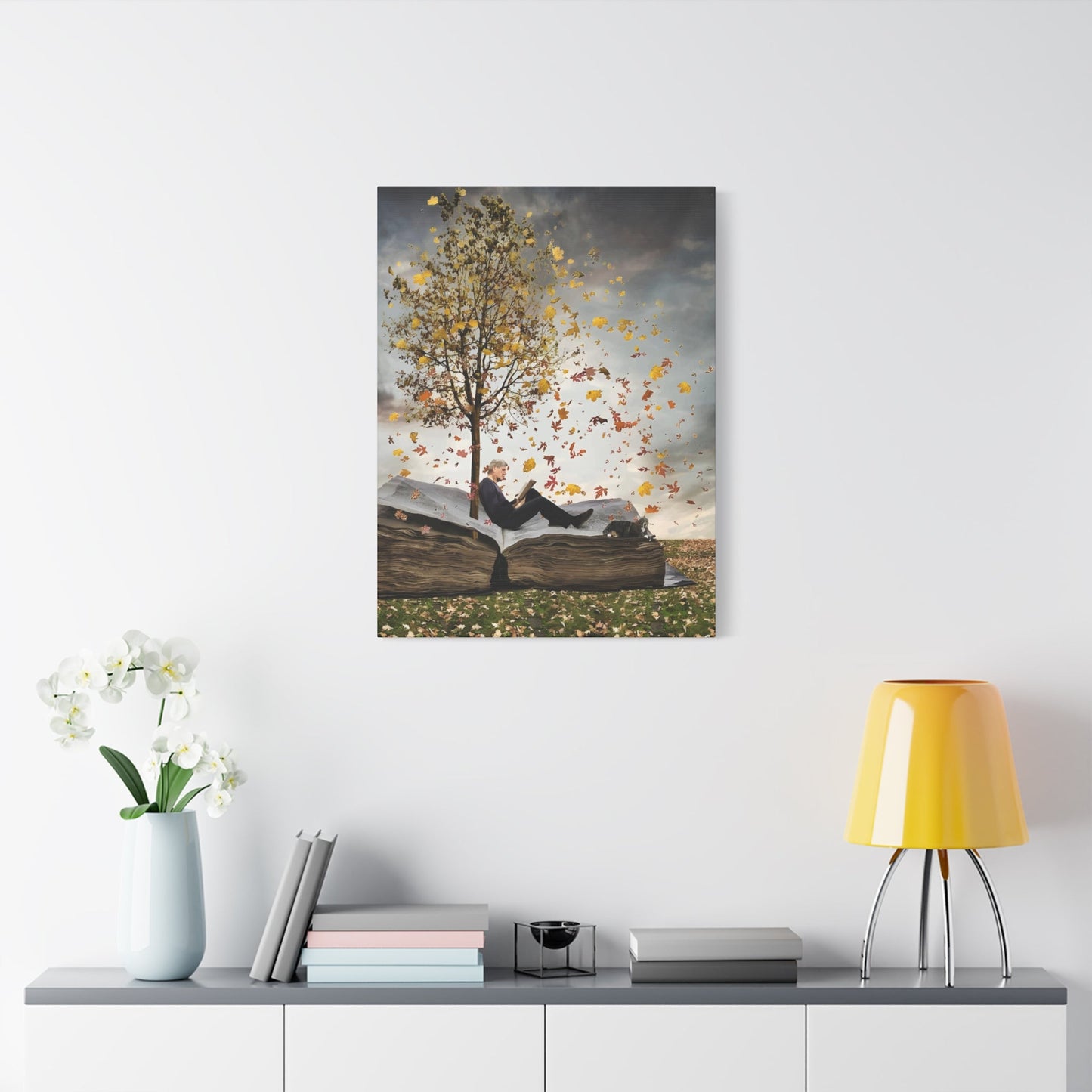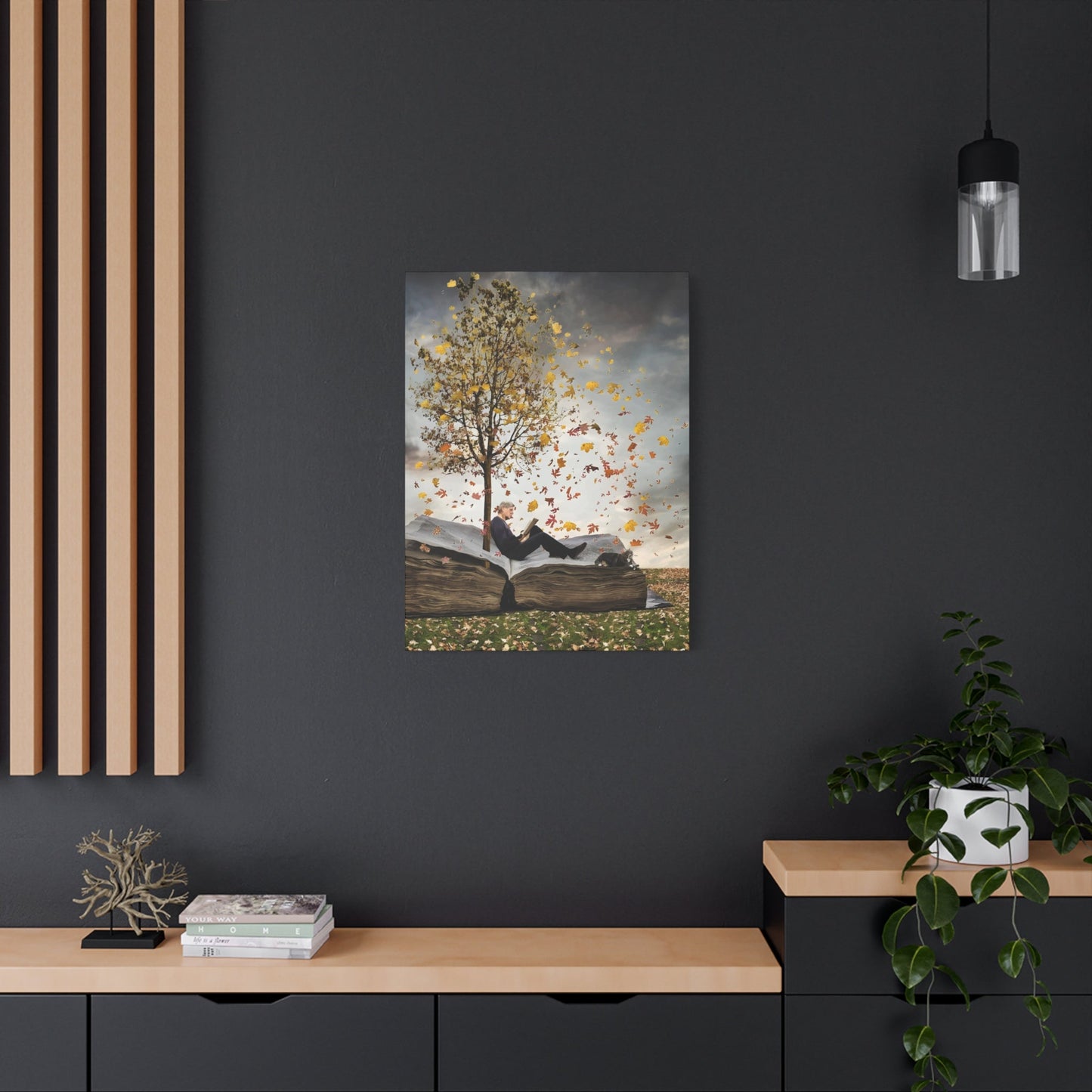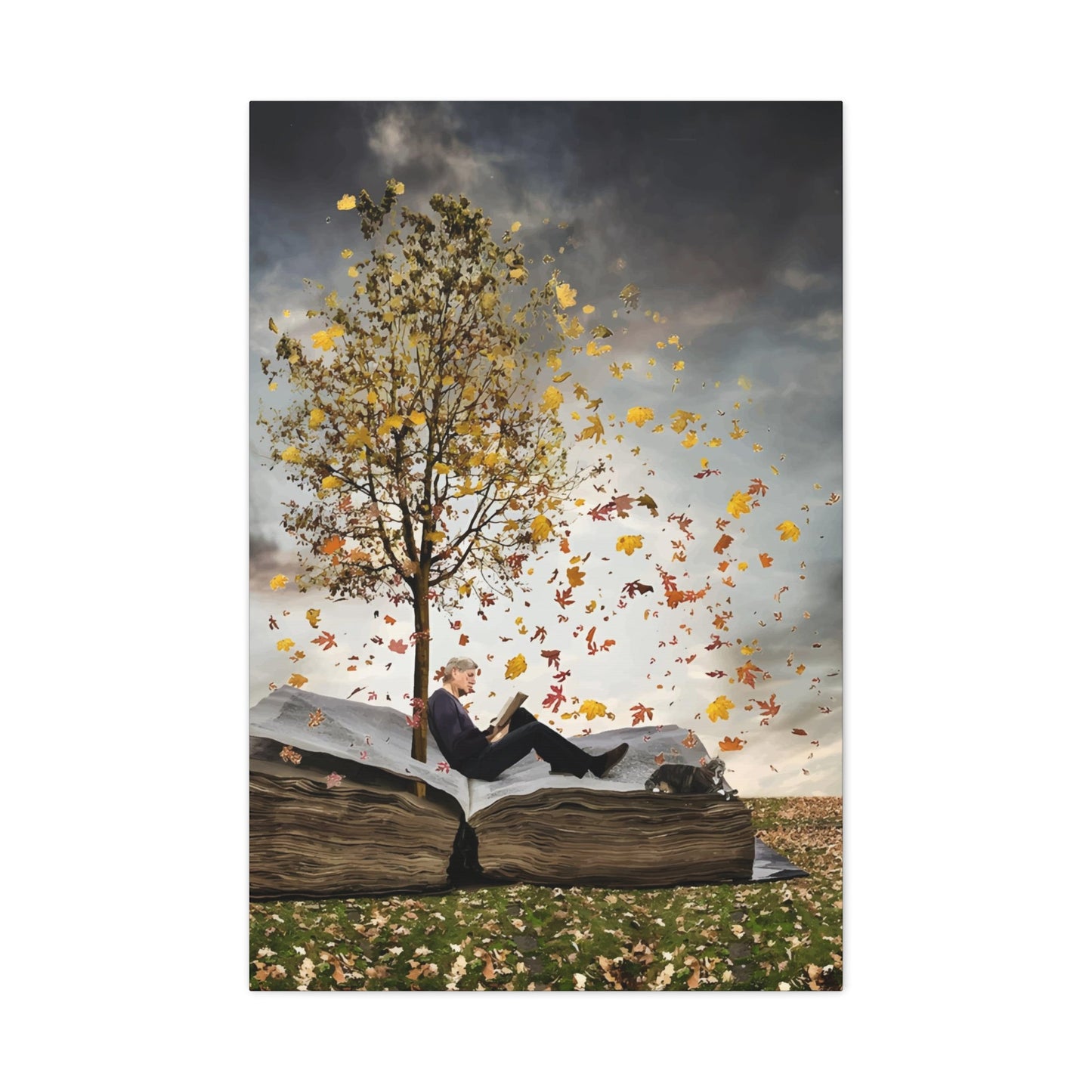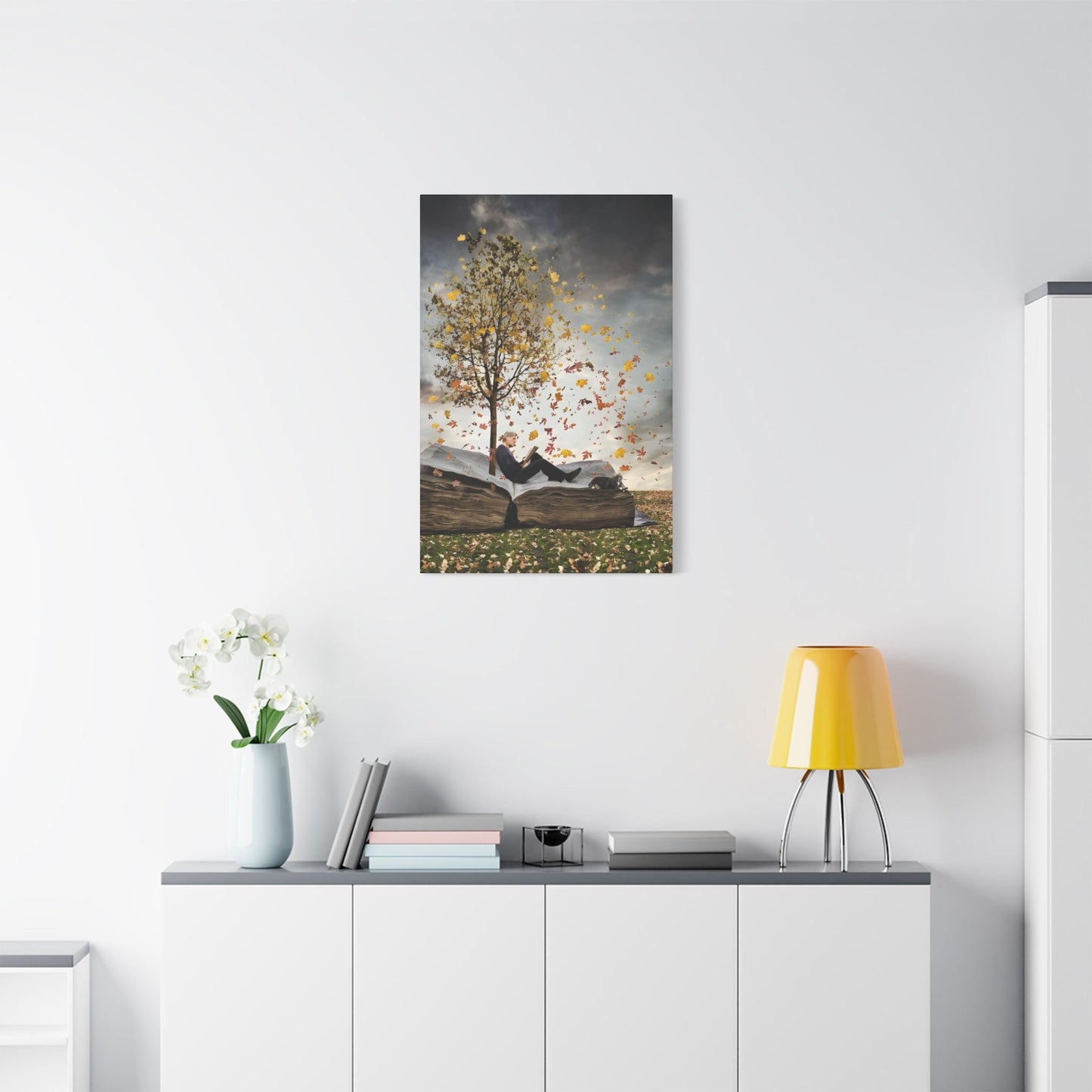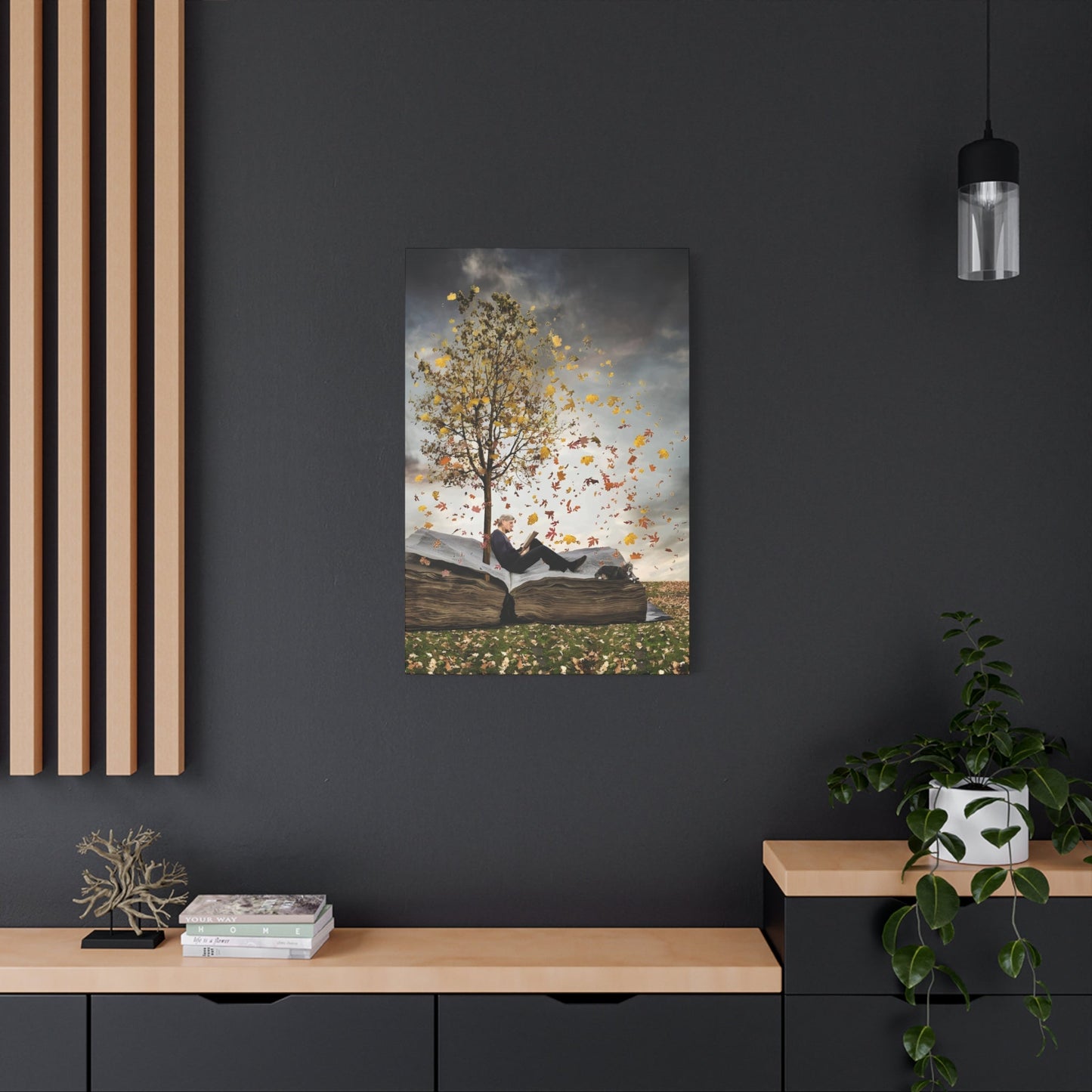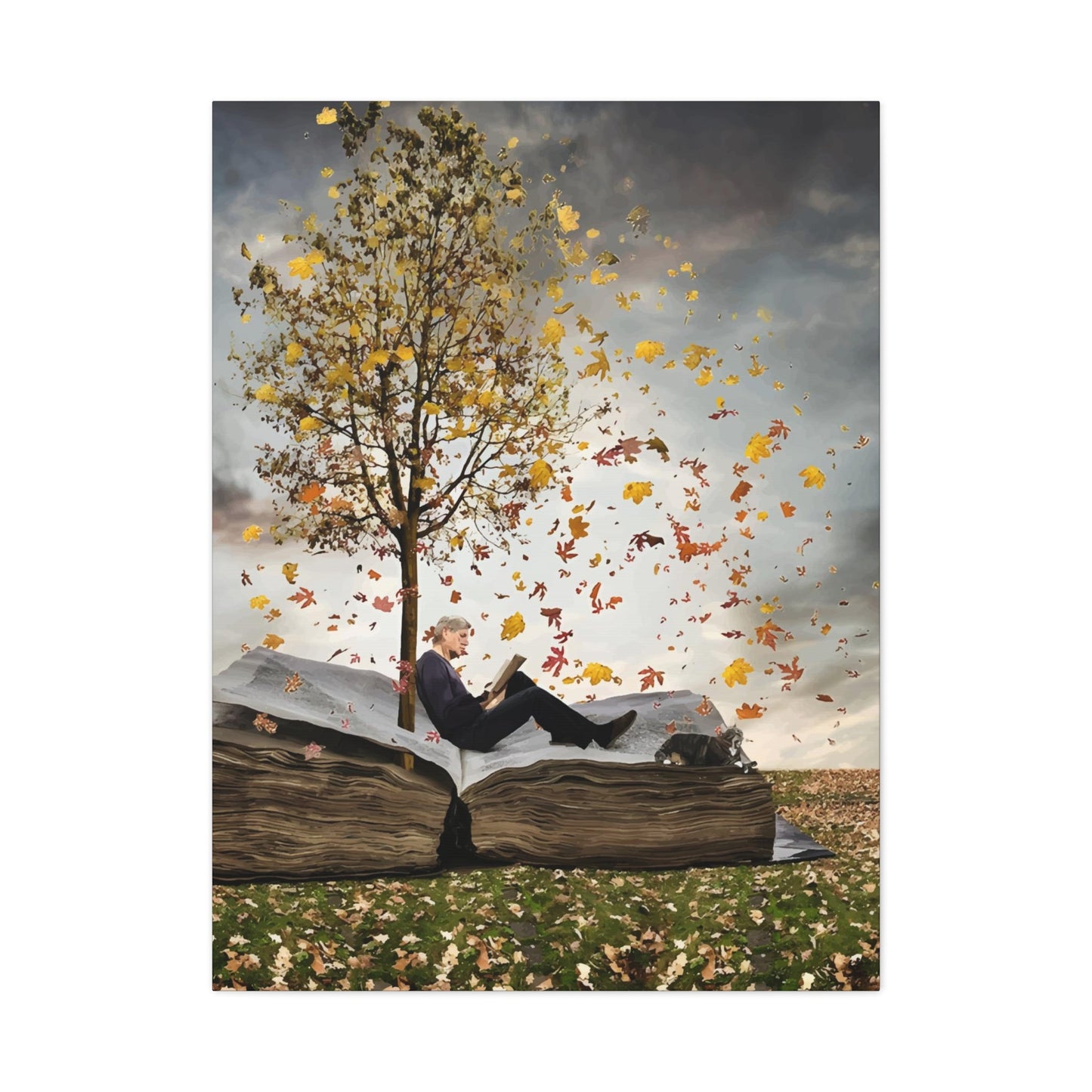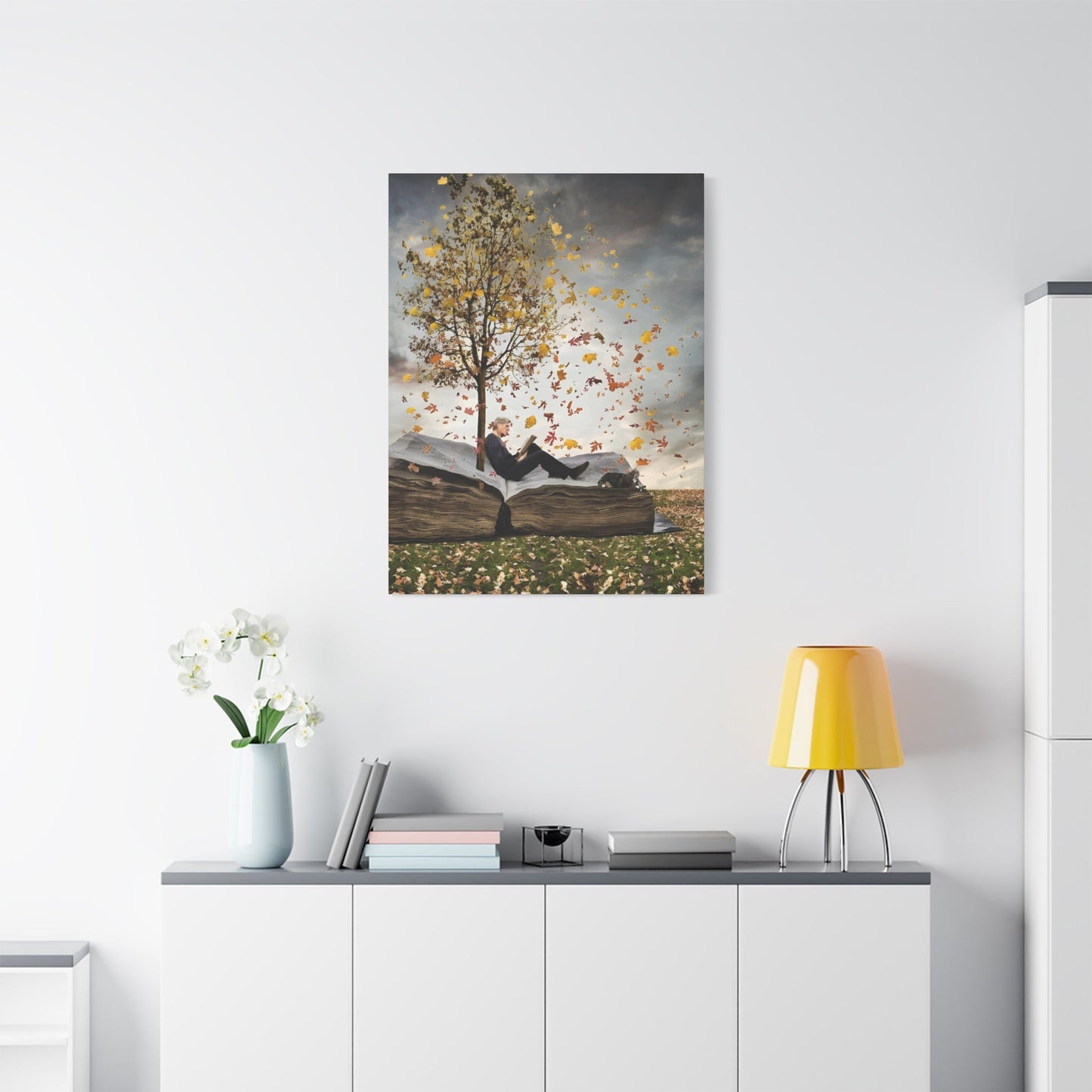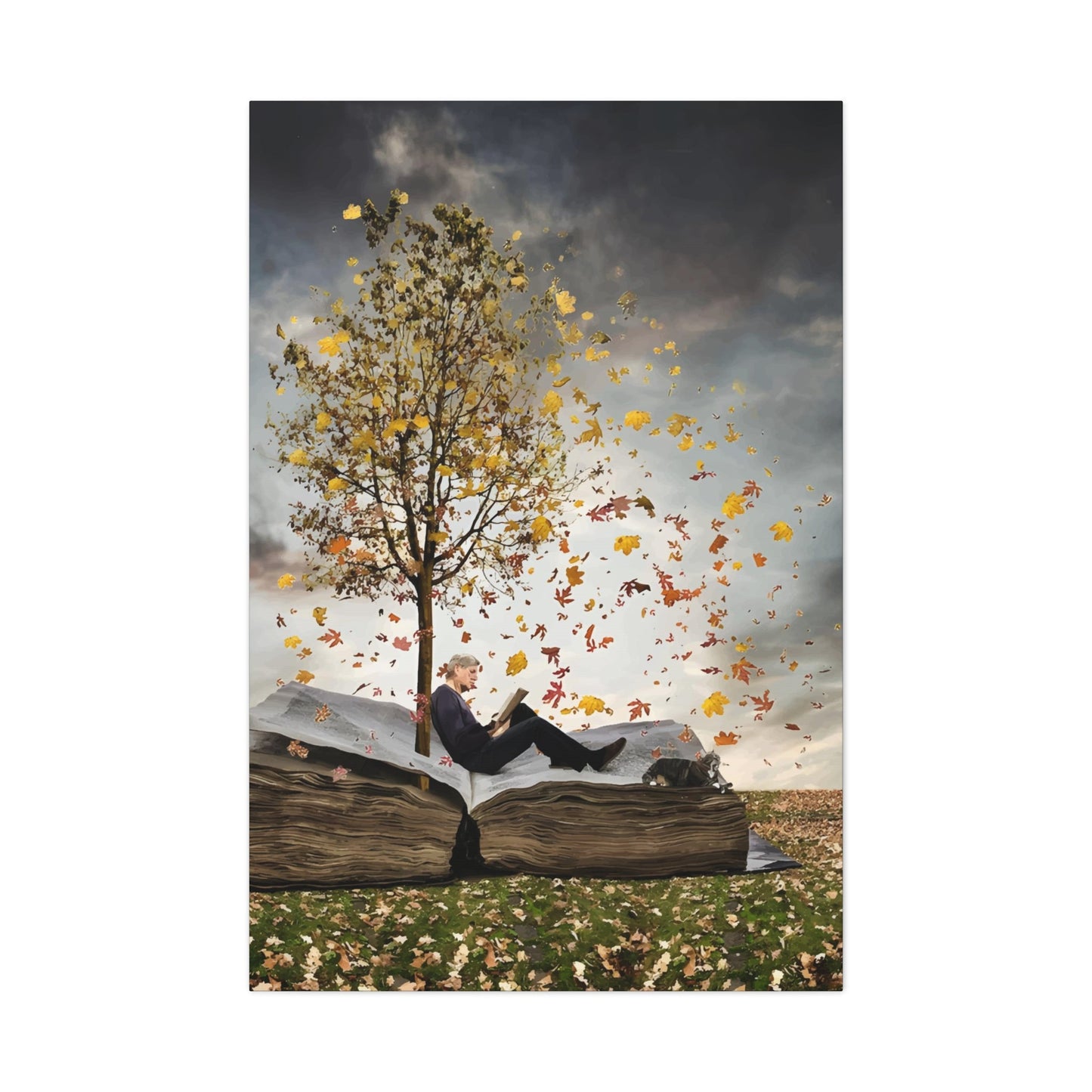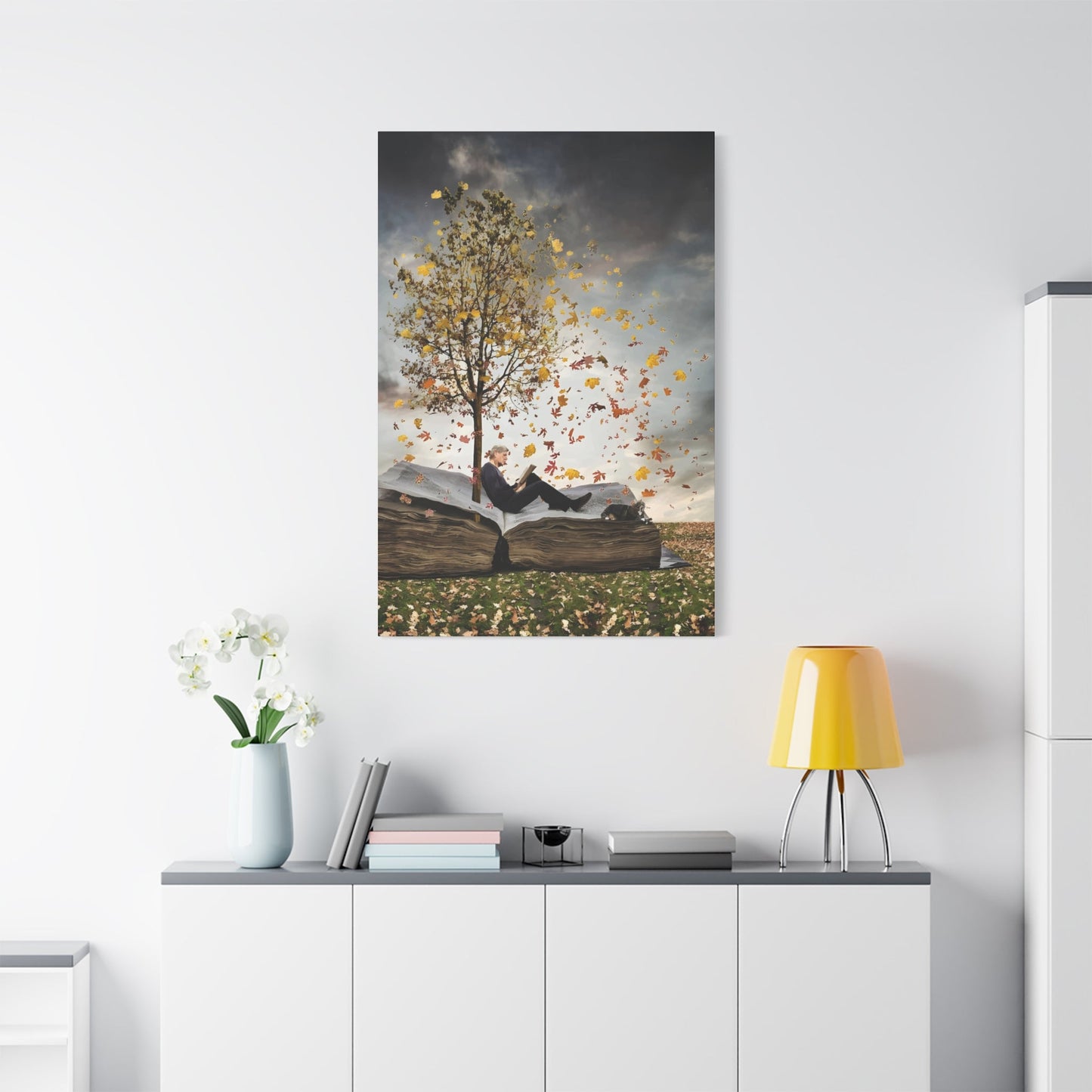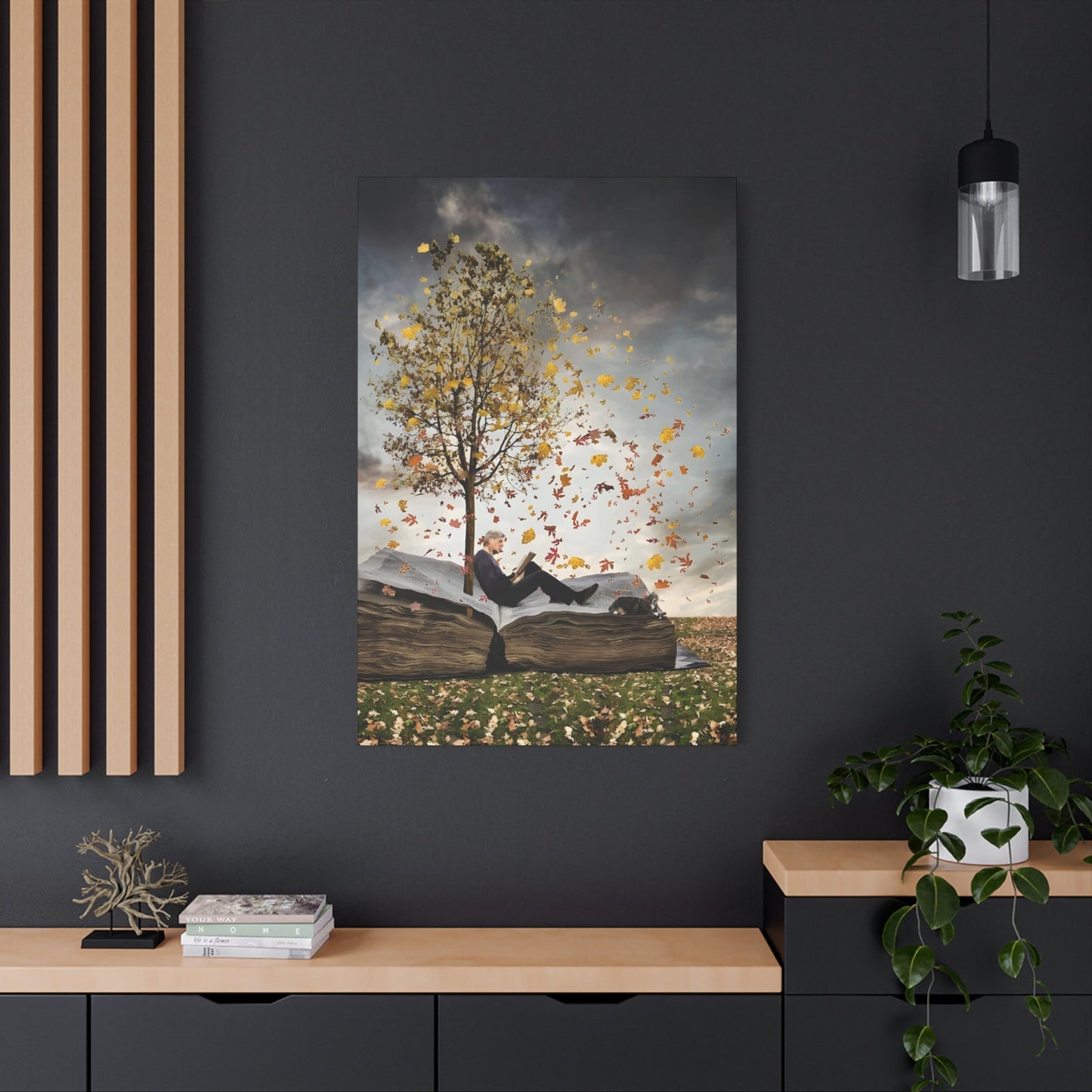Rust Wall Art: Bringing Raw Industrial Beauty Into Contemporary Living
The magnetic attraction of rust in artistic expression stems from its authentic representation of natural processes and time's passage. This weathered aesthetic captures the essence of industrial heritage while offering a sophisticated approach to contemporary wall decoration. Rust's unique visual characteristics create compelling focal points that speak to both our connection with nature and appreciation for honest materials.
The appeal of rust lies in its imperfect beauty, where oxidation creates patterns that cannot be replicated through artificial means. Each piece tells a story of transformation, weathering, and resilience. Artists who work with rust-inspired themes understand that this material represents more than simple decay; it embodies renewal, character, and the authentic beauty found in natural processes.
When incorporated into wall displays, rust-themed artwork brings depth and character that mass-produced prints cannot achieve. The organic patterns created by oxidation provide visual interest that changes throughout the day as lighting conditions shift. This dynamic quality makes rust-inspired wall art particularly engaging, offering viewers new details to discover with each observation.
The emotional response to rust in artistic contexts often connects to feelings of nostalgia, craftsmanship, and authenticity. In our increasingly digital world, the tangible quality of rust represents a return to physical materials and natural processes. This connection resonates particularly strongly in residential and commercial environments where people seek grounding elements that contrast with sleek, sterile surfaces.
Professional artists who specialize in rust-inspired work often emphasize the medium's ability to convey both strength and vulnerability. The same process that weakens metal structurally creates visually stunning patterns that celebrate imperfection. This paradox makes rust-themed artwork particularly compelling for viewers who appreciate complex narratives within visual art.
The versatility of rust as an artistic subject allows for interpretation across multiple styles and approaches. From photorealistic representations of weathered surfaces to abstract interpretations of oxidation patterns, rust provides rich source material for artistic exploration. This flexibility ensures that rust-themed wall art can complement various design approaches while maintaining its distinctive character.
Industrial Rust Decoration Strategies for Modern Environments
Implementing industrial rust decoration requires understanding how to balance raw, weathered aesthetics with refined contemporary styling. The key lies in treating rust elements as sophisticated design components rather than merely aged materials. This approach allows the inherent beauty of oxidation to enhance rather than overwhelm living and working environments.
Successful industrial rust decoration begins with careful selection of pieces that complement existing architectural elements. In loft-style environments with exposed brick or concrete, rust-themed artwork creates natural harmony with structural materials. However, even in more traditional settings, strategically placed rust-inspired pieces can introduce industrial character without compromising elegance.
The scale of rust-themed decorative elements plays a crucial role in achieving visual balance. Large-scale rust artwork can serve as dramatic focal points, while smaller pieces work effectively when grouped to create gallery walls. The key is ensuring that rust elements contribute to the overall design narrative rather than appearing as random additions to existing decor.
Lighting considerations become particularly important when working with rust-themed decorative elements. The textural qualities of oxidized surfaces respond dramatically to different lighting conditions, with warm lighting enhancing the rich browns and oranges typical of rust coloration. Strategic lighting placement can emphasize the dimensional qualities of rust artwork while creating ambient warmth throughout the environment.
Color coordination with rust elements requires understanding the complex palette that oxidation creates. Beyond the obvious browns and oranges, rust encompasses subtle purples, deep reds, and even blue-green tones depending on the metal composition and oxidation conditions. This complex color story provides numerous opportunities for coordination with existing furnishings and architectural finishes.
The integration of rust decoration with other industrial materials creates cohesive design statements that feel intentional rather than accidental. Combinations of rust with raw steel, weathered wood, and exposed concrete create layered industrial aesthetics that celebrate honest materials and authentic aging processes. These combinations work particularly effectively in contemporary loft environments where industrial heritage is celebrated.
Professional designers working with rust decoration often emphasize the importance of contrast in creating successful installations. The raw, weathered quality of rust becomes more impactful when paired with refined finishes and precise craftsmanship. This juxtaposition highlights both the beauty of natural aging and the value of human artistic intervention.
Creating Warmth Through Rust-Toned Color Palettes
The inherent warmth of rust tones provides exceptional opportunities for creating inviting environments that feel both sophisticated and comfortable. The rich, earthy colors associated with oxidation naturally promote feelings of coziness and connection to natural elements, making rust-toned palettes particularly effective in residential and hospitality applications.
Understanding the complexity of rust coloration allows designers to work with subtle variations that create depth without monotony. Fresh rust tends toward bright oranges and reds, while aged rust develops deeper browns, purples, and even blue undertones. This natural progression provides a rich palette for creating layered color schemes that feel both cohesive and visually interesting.
The psychological impact of rust tones in environmental design should not be underestimated. These warm, earthy colors promote feelings of stability, comfort, and connection to natural processes. In contrast to cool grays and stark whites that can feel sterile, rust tones create environments that invite relaxation and contemplation.
Seasonal considerations play an important role in working with rust-toned palettes. During autumn months, rust colors naturally harmonize with outdoor foliage and changing light conditions. However, skilled designers understand how to maintain the appeal of rust tones throughout the year by balancing them with complementary colors that provide seasonal flexibility.
The versatility of rust tones allows for successful pairing with both warm and cool color families. When combined with warm neutrals like cream and gold, rust creates cozy, traditional atmospheres. Alternatively, pairing rust with cool grays and blues creates more contemporary, sophisticated environments while maintaining the warmth that makes rust tones so appealing.
Professional color consultants often recommend introducing rust tones gradually to allow clients to appreciate their warming effects without feeling overwhelmed. Starting with accent pieces like artwork or decorative objects allows people to experience how rust colors affect room atmospheres before committing to larger applications like wall treatments or major furnishings.
The durability of rust-inspired color schemes stems from their connection to natural processes and timeless materials. Unlike trend-driven color palettes that may feel dated within a few years, rust tones maintain their appeal because they reference enduring natural phenomena rather than temporary fashion movements.
Exploring Textural Qualities in Rust-Inspired Paintings
The textural possibilities inherent in rust-inspired paintings offer artists unique opportunities to create works that engage viewers on multiple sensory levels. The dimensional qualities of oxidation translate beautifully to painted surfaces, where artists can explore the interplay between smooth and rough textures that characterize weathered metal surfaces.
Contemporary artists working with rust themes often employ mixed media techniques that incorporate actual oxidized materials alongside traditional painting media. This approach creates authentic textural qualities that cannot be achieved through paint alone, resulting in works that blur the boundaries between painting and sculpture.
The challenge of representing rust textures in paint requires understanding both the visual and tactile qualities of oxidation. Successful rust-inspired paintings capture not only the complex coloration of weathered metal but also the way light interacts with rough, pitted surfaces. This requires sophisticated understanding of both color theory and the physics of light reflection.
Layering techniques become particularly important when creating convincing rust textures in paint. The gradual buildup of oxidation occurs over time, creating complex surface conditions that require multiple paint applications to represent convincingly. Artists often build these layers slowly, allowing each application to dry completely before adding subsequent layers.
The emotional resonance of rust textures in painting often relates to themes of time, transformation, and resilience. Viewers respond to the implied narrative of weathering and survival that rust represents, making these textural qualities powerful tools for artistic communication beyond mere aesthetic appeal.
Professional artists working with rust-inspired textures often emphasize the importance of direct observation in developing authentic representations. Studying actual weathered surfaces provides insights into the subtle variations and unexpected color relationships that make rust such a visually compelling subject matter.
The integration of rust textures with other surface treatments in paintings creates opportunities for complex visual narratives. Combining smooth, pristine areas with heavily textured rust sections can represent themes of preservation versus decay, human intervention versus natural processes, or the passage of time in built environments.
Embracing Minimalist Approaches to Rust Print Design
Minimalist rust prints demonstrate how the complex beauty of oxidation can be distilled into clean, contemporary presentations that celebrate the essential visual qualities of weathered materials. This approach strips away unnecessary elements to focus attention on the inherent patterns and color relationships that make rust visually compelling.
The challenge of minimalist rust print design lies in selecting the most impactful aspects of rust imagery while eliminating distracting elements. This editing process requires deep understanding of what makes rust visually appealing and how these qualities can be enhanced through careful composition and presentation.
Contemporary minimalist rust prints often focus on close-up details that reveal the intricate patterns created by oxidation processes. These intimate views transform what might appear as simple decay into complex abstract compositions that reward careful observation. The magnification reveals geometric patterns, organic flows, and color transitions that might be overlooked in wider views.
The printing techniques used for minimalist rust imagery play crucial roles in maintaining the subtle quality variations that make these images compelling. High-quality reproduction methods preserve the delicate color transitions and textural nuances that distinguish authentic rust documentation from generic representations.
Framing and presentation considerations become particularly important with minimalist rust prints. Clean, contemporary frames allow the rust imagery to command attention without competition from decorative elements. The contrast between refined presentation and raw subject matter creates tension that enhances the overall impact of these pieces.
The scalability of minimalist rust prints makes them versatile options for various environmental applications. Small intimate pieces work effectively in residential bedrooms or private offices, while large-scale versions can serve as dramatic focal points in commercial or hospitality environments.
Professional photographers specializing in minimalist rust imagery often emphasize the importance of lighting in revealing the subtle qualities that make these images successful. Proper illumination brings out the dimensional aspects of rust textures while maintaining the color accuracy that makes these prints authentic representations of natural oxidation processes.
Combining Rust Elements with Metal Components in Artistic Compositions
The juxtaposition of weathered rust elements with pristine metal components creates compelling artistic narratives that explore themes of time, preservation, and transformation. These combinations celebrate both the beauty of natural aging and the precision of contemporary metalworking, resulting in pieces that speak to multiple aesthetic sensibilities simultaneously.
Successful combinations of rust and metal require careful consideration of proportional relationships and visual balance. The organic, irregular qualities of rust provide natural counterpoints to the geometric precision of manufactured metal components. This contrast creates dynamic tension that keeps viewers engaged while maintaining overall compositional harmony.
The technical challenges of combining rust and metal elements in artistic works require understanding both materials' properties and behaviors. Rust continues to evolve over time, while finished metals maintain stable appearances. Artists must account for these different characteristics when planning long-term stability and visual consistency in their works.
Color relationships between rust and metal components offer rich opportunities for sophisticated palette development. The warm tones of oxidation can be enhanced by cool steel grays or brass accents, while copper elements can bridge the temperature gap between rust oranges and steel blues. These relationships create complex color stories that reward careful observation.
The conceptual possibilities inherent in rust-metal combinations allow artists to explore themes relevant to contemporary life. The contrast between preservation and decay, artificial and natural, permanent and temporary provides rich material for artistic interpretation that resonates with viewers' experiences of change and stability in modern environments.
Professional metalworkers and artists collaborating on rust-metal pieces often emphasize the importance of planned oxidation in achieving desired aesthetic effects. Controlled rusting processes can create specific color and texture effects while maintaining structural integrity in the non-rusted portions of the work.
The installation considerations for rust-metal combinations require understanding how different materials respond to environmental conditions. While rust elements may continue evolving in response to humidity and temperature changes, metal components typically remain stable, requiring different maintenance approaches for different parts of the same artwork.
Incorporating Industrial Rust Aesthetics in Loft-Style Environments
Loft-style environments provide natural settings for industrial rust aesthetics, where weathered materials complement exposed structural elements and celebrate the beauty of honest, functional design. The key lies in integrating rust elements as sophisticated design components rather than merely aged materials that suggest neglect or deterioration.
The architectural characteristics typical of loft environments, including exposed brick, concrete floors, and visible structural elements, create natural harmony with rust-themed decorative pieces. These materials share common industrial heritage and aging characteristics that allow them to work together in creating cohesive environmental narratives.
Scale considerations become particularly important in loft environments, where large open areas can accommodate substantial rust artwork that might overwhelm smaller residential rooms. The generous ceiling heights and open floor plans typical of loft conversions provide opportunities for dramatic rust installations that serve as focal points while maintaining spatial flow.
The lighting challenges inherent in loft environments require careful planning when incorporating rust decorative elements. The large windows typical of industrial conversions provide abundant natural light that can enhance the textural qualities of rust artwork, but artificial lighting must be planned to maintain visual interest during evening hours.
Color coordination in loft environments with rust elements often focuses on maintaining the neutral palette that allows industrial materials to dominate. The warm tones of rust provide natural contrast to cool concrete and steel elements while maintaining the sophisticated color restraint that characterizes successful loft design.
The authenticity that loft environments demand makes genuine rust elements particularly appropriate, as opposed to artificial aging treatments that might appear contrived in settings that celebrate honest materials and functional design. This authenticity extends to both the rust elements themselves and their integration with other environmental components.
Professional loft designers working with rust elements often emphasize the importance of maintaining balance between industrial authenticity and contemporary comfort. The goal is creating environments that celebrate industrial heritage while providing sophisticated living and working conditions that meet contemporary needs.
Drawing Inspiration from Natural Rust Formations in Artistic Creation
Nature provides endless inspiration for rust-themed artwork through the organic patterns, color relationships, and textural qualities that develop when metal objects weather in outdoor environments. These natural formations offer authentic reference material that cannot be replicated through artificial aging processes.
The study of natural rust formations reveals the complex interplay between environmental conditions and oxidation processes that create unique visual characteristics. Coastal environments produce different rust qualities than desert conditions, and these variations provide rich source material for artistic interpretation and reproduction.
Seasonal changes in natural rust formations offer dynamic reference material that evolves throughout the year. Fresh spring rust may appear bright and active, while winter weathering creates deeper, more complex color relationships that suggest longer exposure and more complete oxidation processes.
The photographic documentation of natural rust formations requires understanding how different lighting conditions affect the appearance of weathered surfaces. Early morning and late afternoon light bring out textural qualities that may be lost in harsh midday illumination, while overcast conditions can reveal subtle color relationships that bright sunshine might wash out.
The ecological aspects of rust formation in natural environments provide additional layers of meaning for artistic interpretation. Rust represents not only metal degradation but also the return of materials to more natural states, creating conceptual connections between industrial processes and environmental cycles.
Professional nature photographers specializing in rust documentation often emphasize the importance of patience in capturing the most compelling natural rust formations. The best examples often occur in locations where metal objects have weathered undisturbed for extended periods, allowing complete oxidation processes to create complex visual effects.
The translation of natural rust inspiration into artistic media requires understanding both the source material and the capabilities of chosen artistic techniques. What appears effortless in nature may require sophisticated technical skills to reproduce convincingly in paint, print, or other artistic media.
Achieving Coziness Through Strategic Rust Color Implementation
The inherent warmth of rust colors makes them exceptional tools for creating cozy, inviting environments that feel both sophisticated and comfortable. The key lies in understanding how to use these warm, earthy tones strategically to enhance rather than overwhelm existing environmental conditions.
The psychological effects of rust colors on human perception and mood have been documented extensively in environmental psychology research. These warm, earth-connected tones promote feelings of security, comfort, and connection to natural processes, making them particularly effective in residential and hospitality applications where relaxation is desired.
Strategic placement of rust-colored elements can transform sterile or unwelcoming environments into inviting retreats that encourage relaxation and social interaction. The warmth of these colors naturally draws people toward seating areas and conversation zones, making them valuable tools for hospitality and residential design.
The seasonal versatility of rust colors allows them to maintain their cozy appeal throughout the year while adapting to changing light conditions and seasonal decor rotations. During autumn months, rust tones harmonize naturally with outdoor foliage, while in winter they provide warming contrast to gray skies and bare landscapes.
Layering rust colors with complementary warm tones creates depth and sophistication that prevents cozy environments from feeling simplistic or unsophisticated. The complex color relationships within rust itself provide natural layering opportunities, while coordination with warm neutrals and earth tones extends these possibilities further.
The texture considerations that accompany rust color implementation contribute significantly to the cozy effects these colors can achieve. Rough, weathered textures associated with rust imagery add tactile appeal that enhances the visual warmth of rust colors, creating multi-sensory experiences that feel more engaging than purely visual approaches.
Professional hospitality designers working with rust colors often emphasize the importance of balancing warmth with sophistication to avoid environments that feel too rustic or unrefined. The goal is creating welcoming atmospheres that also communicate professionalism and attention to design quality.
Understanding Current Rustic-Industrial Design Movement Trends
The contemporary rustic-industrial design movement represents a sophisticated evolution of traditional industrial aesthetics, incorporating weathered materials like rust in refined ways that celebrate both authenticity and contemporary design sensibility. This movement reflects broader cultural desires for connection with honest materials and authentic craftsmanship.Current trends in rustic-industrial design emphasize the careful balance between rough, weathered elements and polished, contemporary finishes. This juxtaposition creates visual interest while avoiding the stark, cold qualities that can characterize purely industrial approaches or the overly casual appearance of traditional rustic styling.
The commercial applications of rustic-industrial trends have expanded significantly beyond restaurants and retail environments to include office buildings, hotels, and even healthcare facilities where the warmth of weathered materials helps humanize potentially sterile environments. This expansion demonstrates the broad appeal and versatility of these design approaches.Sustainability considerations play increasingly important roles in rustic-industrial design trends, as designers and clients seek approaches that celebrate rather than disguise the aging and weathering processes that affect building materials over time. This philosophy aligns with broader environmental consciousness and resource conservation efforts.
The technological integration challenges inherent in rustic-industrial design require innovative solutions that maintain aesthetic integrity while accommodating contemporary communication and comfort systems. Successful projects seamlessly blend exposed structural elements and weathered materials with modern lighting, climate control, and technology infrastructure.Regional variations in rustic-industrial trends reflect local material availability, climatic conditions, and cultural preferences. Coastal implementations might emphasize salt-weathered metals, while inland applications focus on different oxidation patterns and weathering characteristics that develop in various environmental conditions.
Professional Framing Techniques for Rust-Themed Artwork
The framing of rust-themed artwork presents unique opportunities and challenges that require understanding both the visual characteristics of rust imagery and the technical requirements of preserving and presenting these works effectively. Proper framing enhances the impact of rust artwork while protecting it from environmental damage.Contemporary framing approaches for rust artwork often emphasize clean, minimal frames that allow the complex textures and colors of rust imagery to dominate without competition from decorative framing elements. This approach creates effective contrast between the raw, weathered subject matter and the refined presentation.
The color relationships between rust artwork and framing materials require careful consideration to avoid conflicts that diminish the impact of the artwork. Neutral frame colors typically work most effectively, allowing the warm rust tones to appear more vibrant while maintaining sophisticated overall presentations.Matting considerations for rust prints and paintings play crucial roles in creating appropriate visual relationships between the artwork and its presentation. Generous matting allows rust imagery to breathe while preventing the busy, complex textures typical of rust from feeling overwhelming or claustrophobic.
The conservation requirements for rust-themed artwork vary depending on the media used and the age of the pieces. Original rust elements may continue evolving over time, requiring specialized conservation approaches, while photographic prints of rust subjects follow standard preservation protocols for photographic materials.Professional framers working with rust artwork often recommend UV-protective glazing to prevent color shifts and material degradation, particularly important for pieces that incorporate actual oxidized materials or photographic documentation of rust formations.
Sourcing Quality Rust-Themed Artistic Pieces
The growing popularity of rust-themed artwork has created diverse markets for both original pieces and high-quality reproductions, requiring informed approaches to sourcing pieces that meet both aesthetic and quality standards. Understanding these markets helps buyers make informed decisions about their rust art investments.Gallery representation for artists specializing in rust-themed work has expanded significantly as demand for industrial and natural material themes has grown. Established galleries increasingly feature rust-inspired pieces alongside more traditional landscape and abstract work, indicating the mainstream acceptance of these formerly niche aesthetics.
Online marketplaces for rust-themed artwork offer unprecedented access to both emerging and established artists working in these themes, but require careful evaluation of both artistic quality and reproduction standards. The complex textures and colors typical of rust imagery demand high-quality reproduction methods to maintain their visual impact.Custom commissioning opportunities for rust-themed artwork allow buyers to specify size, color emphasis, and thematic focus while working directly with artists to create pieces that meet specific environmental and aesthetic requirements. This approach often produces the most satisfactory results for significant installations.
The authentication challenges associated with rust-themed artwork, particularly pieces that incorporate actual oxidized materials, require understanding both the artistic and material aspects of these works. Buyers should verify both the artistic credentials and the material authenticity of pieces that claim to incorporate genuine rust elements.Regional artist networks often provide excellent sources for rust-themed artwork that reflects local environmental conditions and cultural perspectives. These regional connections can produce pieces that feel more authentic and connected to their intended installation environments than mass-produced alternatives.
Creating Custom Rust-Inspired Artwork Through DIY Approaches
The accessibility of DIY rust art creation allows artists and craft enthusiasts to explore the aesthetic possibilities of oxidation while developing personalized pieces that reflect individual creative visions. These approaches range from simple rust transfer techniques to complex mixed-media compositions that incorporate multiple materials and processes.Safety considerations for DIY rust art projects require understanding the health and environmental implications of working with oxidizing agents and weathered materials. Proper ventilation, protective equipment, and disposal methods are essential for safe project completion, particularly when working with chemical rust accelerators or actual weathered metals.
The material sourcing for DIY rust projects can include both naturally weathered elements and artificially aged components created through controlled oxidation processes. Understanding the visual differences between natural and artificial rust helps creators achieve authentic-looking results while maintaining control over the oxidation process.Basic rust creation techniques using household materials provide accessible entry points for beginners while producing convincing rust effects suitable for artistic applications. These techniques often involve salt water solutions, vinegar treatments, and controlled exposure methods that accelerate natural oxidation processes.
Advanced DIY rust art techniques may incorporate multiple metals with different oxidation characteristics, creating complex color and texture relationships that develop over time as different materials respond to environmental conditions at different rates.The documentation and preservation of DIY rust art projects requires understanding how these pieces will continue evolving after completion. Some creators embrace this ongoing change as part of the artistic concept, while others seek to stabilize their pieces at particular stages of the oxidation process.
Professional workshop instruction for DIY rust art techniques provides structured learning opportunities that emphasize both safety and artistic quality while allowing participants to explore personal creative directions within established technical frameworks.
Harmonizing Earth Tone Palettes with Rust Accent Colors
The natural affinity between rust colors and broader earth tone palettes creates exceptional opportunities for sophisticated color coordination that feels both grounded and visually interesting. Understanding these relationships allows designers to create environments that celebrate natural color harmony while maintaining contemporary sophistication.The scientific basis for earth tone harmony lies in the shared mineral and organic origins of these color families. Rust, clay, sand, and vegetation colors all derive from similar environmental processes, creating natural compatibility that appeals to human color perception at fundamental levels.
Seasonal variations in earth tone-rust combinations reflect changing natural conditions throughout the year. Spring combinations might emphasize fresh rust oranges with new green foliage, while autumn palettes can explore deeper rust browns with golden and bronze accent colors.The cultural associations with earth tone-rust palettes vary across different regional and aesthetic traditions, but generally emphasize themes of stability, authenticity, and connection to natural processes. These associations make earth tone-rust combinations particularly appropriate for environments where relaxation and contemplation are desired.
Professional color coordination with earth tone-rust palettes requires understanding both the warm and cool undertones present in different rust colors and earth tone variations. This knowledge allows for fine-tuning color relationships to achieve specific atmospheric effects while maintaining overall palette harmony.The lighting considerations for earth tone-rust combinations involve understanding how different light sources affect the perception of these relatively muted color families. Warm lighting tends to enhance the cozy qualities of these combinations, while cool lighting can create more sophisticated, contemporary effects.
Implementing Rust Aesthetics in Professional Office Environments
The integration of rust aesthetics in office environments requires sophisticated approaches that maintain a professional atmosphere while introducing the warmth and authenticity that rust imagery can provide. This balance creates workplaces that feel both efficient and humanized, supporting both productivity and employee satisfaction.
The psychological benefits of incorporating natural material references like rust in office environments have been documented in workplace design research. These elements can reduce stress, improve creative thinking, and create more comfortable work atmospheres while maintaining the professionalism required in business settings.
Scale considerations for office rust implementations typically favor medium-sized pieces that provide visual interest without overwhelming work activities or competing with necessary functional elements like computer screens and document displays. The goal is enhancing rather than dominating the work environment.
The durability requirements for office artwork, including rust-themed pieces, must account for higher traffic levels and more intensive use than residential applications. Professional-grade materials and mounting systems ensure that rust artwork maintains its appearance and stability under office conditions.
Color coordination in office environments with rust elements often emphasizes neutral backgrounds that allow rust accents to provide warmth without creating distracting or unprofessional appearances. This approach maintains workplace appropriateness while introducing humanizing natural elements.
The maintenance considerations for rust artwork in office settings may involve specialized cleaning protocols that preserve both the artwork and the professional environment. Understanding these requirements helps facility managers maintain appropriate conditions for both artwork preservation and workplace functionality.
Professional workplace designers incorporating rust elements often emphasize the importance of obtaining employee input during the selection process to ensure that chosen pieces enhance rather than distract from work activities while creating environments that feel welcoming and inspiring.
Mastering the Art of Pairing Rust Colors with Neutral Backgrounds
The strategic combination of vibrant rust colors with neutral backgrounds creates sophisticated color relationships that allow the warmth and complexity of rust tones to achieve maximum visual impact while maintaining overall environmental harmony. This approach provides versatility and timeless appeal that transcends temporary design trends.
Understanding neutral color temperature becomes crucial when pairing with rust elements, as warm neutrals like cream and beige naturally harmonize with rust tones, while cool neutrals like gray and white create more contemporary contrasts that emphasize the warmth of rust colors through comparison.
The proportional relationships between rust colors and neutral backgrounds significantly affect the overall environmental impact of these combinations. Large neutral areas with strategic rust accents create calm, sophisticated atmospheres, while more balanced proportions can achieve greater visual energy and contemporary appeal.
Textural considerations enhance rust-neutral combinations by adding dimensional interest that prevents these relatively muted color relationships from appearing flat or uninteresting. The complex surface qualities associated with rust imagery provide natural textural contrast to smooth neutral backgrounds.
The versatility of rust-neutral combinations allows for seasonal decoration changes and evolving personal preferences without requiring major environmental modifications. Neutral backgrounds provide stable foundations for varying rust accent intensities and complementary color additions as desired.
Professional interior designers working with rust-neutral combinations often emphasize the importance of quality materials and finishes in maintaining sophisticated appearances. Lower-quality implementations of these color relationships can appear dull or unrefined, while high-quality materials and careful attention to detail create elegant, lasting results.
The lighting design for rust-neutral environments requires understanding how different light sources affect both color families. Strategic lighting can enhance the warmth of rust elements while maintaining the clean, sophisticated appearance of neutral backgrounds throughout different times of day and seasonal light changes.
Integrating Rust Elements into Contemporary Modern Design Contexts
The challenge of incorporating rust elements into contemporary modern design requires understanding how weathered, organic materials can complement rather than conflict with the clean lines and sophisticated finishes characteristic of modern aesthetics. Success lies in treating rust as a sophisticated design element rather than merely aged material.
The conceptual framework for modern rust integration often emphasizes contrast and juxtaposition, where the organic, weathered qualities of rust provide counterpoints to geometric precision and manufactured perfection. This contrast creates visual interest while highlighting the unique qualities of both design approaches.
Material coordination in modern environments with rust elements requires careful selection of complementary finishes that maintain overall design coherence while allowing rust elements to provide desired warmth and authenticity. Common successful combinations include rust with polished concrete, steel, and glass.
The spatial considerations for rust elements in modern design often favor clean, uncluttered presentations that allow the complex visual qualities of rust to command appropriate attention without competing with architectural elements or functional requirements.
Color relationships in modern environments with rust accents typically emphasize restrained palettes that prevent rust elements from overwhelming the clean, sophisticated atmospheres characteristic of contemporary modern design. This restraint allows rust colors to provide warmth without compromising modern aesthetic principles.
The scale and proportion principles governing rust element integration in modern design often favor substantial pieces that can hold their own against the strong architectural elements typical of modern environments, rather than small accents that might appear incidental or apologetic.
Professional modern designers working with rust elements often emphasize the importance of quality and authenticity in maintaining design integrity. Artificial aging or poor-quality rust reproductions can compromise the sophisticated authenticity that makes these combinations successful.
Advanced Techniques for Rust Texture Development in Mixed Media
The exploration of rust textures through mixed media approaches offers artists unprecedented opportunities to create works that capture both the visual and tactile qualities of oxidation while incorporating other materials that enhance or complement rust characteristics. These techniques push beyond traditional painting and printmaking to create dimensional works that blur boundaries between different artistic media.
The chemical understanding necessary for advanced rust texture development includes knowledge of different metal types and their oxidation characteristics, as well as the environmental factors that influence rust formation patterns. This technical knowledge allows artists to predict and control oxidation processes for desired aesthetic effects.
Safety protocols for advanced rust texture work become particularly important when incorporating actual oxidizing materials, chemical rust accelerants, and mixed media elements that may interact in unexpected ways. Professional studio practices ensure both artist safety and consistent artistic results while allowing for experimental approaches.
The temporal aspects of mixed media rust work require consideration of how different materials will age and change over time. Some artists embrace these ongoing changes as part of the artistic concept, while others seek to stabilize their works at particular stages of development through various conservation techniques.
Documentation methods for mixed media rust work should capture both the current appearance and the anticipated evolution of pieces that incorporate ongoing oxidation processes. This documentation becomes valuable for both artistic records and conservation planning as pieces continue developing after completion.
The presentation challenges for dimensional mixed media rust work often require custom mounting and display solutions that accommodate irregular surfaces and continuing material changes while ensuring stable, safe installation in exhibition or collection environments.
Professional mixed media artists specializing in rust work often develop signature techniques that balance controlled and random elements, allowing for both artistic intention and natural process contribution to final artistic results.
Exploring Color Psychology in Rust-Based Artistic Expression
The psychological impact of rust colors extends far beyond simple aesthetic preference to encompass complex emotional and physiological responses that make these colors particularly powerful tools for artistic communication. Understanding these effects allows artists to create works that resonate with viewers on multiple levels simultaneously.
The evolutionary basis for human responses to rust colors may relate to associations with earth, fire, and natural materials that provided safety and resources for early human populations. These deep-seated associations continue influencing contemporary responses to rust colors in artistic contexts.
Cultural variations in rust color interpretation reflect different historical relationships with metal working, industrial development, and natural environmental conditions. Understanding these cultural contexts helps artists create works that communicate effectively with diverse audiences while respecting different interpretive frameworks.
The therapeutic applications of rust colors in art therapy and healing environments demonstrate their ability to promote feelings of grounding, stability, and connection to natural processes. These qualities make rust-themed artwork particularly appropriate for healthcare, counseling, and wellness applications.
The seasonal affective responses to rust colors vary throughout the year, with these warm, earth-connected tones often providing psychological comfort during cooler months when natural warm colors become less prevalent in outdoor environments.
Professional art therapists working with rust colors often emphasize their ability to help clients process themes of change, resilience, and transformation, as rust represents both decay and the beauty that can emerge from natural aging processes.
The neurological research into color perception reveals specific brain responses to rust colors that differ from responses to other warm colors, suggesting unique psychological effects that artists can leverage for particular communicative intentions.
Developing Signature Rust Art Styles Through Personal Artistic Voice
The development of personal artistic voice in rust-themed work requires understanding both the technical possibilities and conceptual implications of working with oxidation imagery while finding unique approaches that distinguish individual artistic contributions from general rust aesthetic trends.
The study of historical and contemporary rust art traditions provides foundation knowledge that allows emerging artists to understand established approaches while identifying opportunities for innovation and personal interpretation within this specialized artistic domain.
Experimental approaches to rust art development often involve testing different materials, techniques, and conceptual frameworks to discover personal artistic directions that feel authentic and sustainable for long-term artistic development.
The documentation of artistic development in rust work should capture both technical discoveries and conceptual evolution as artists refine their approaches and develop signature methods that distinguish their work from other rust-themed artistic production.
Market considerations for artists developing rust specializations include understanding collector interests, gallery representation opportunities, and commercial applications that can support sustainable artistic careers while maintaining artistic integrity.
Professional development opportunities for rust-specialized artists include workshops, residencies, and exhibition possibilities that provide exposure to other artists working in similar themes while offering platforms for sharing individual artistic contributions.
The long-term sustainability of rust art careers requires balancing artistic growth with market demands while continuing to explore new possibilities within chosen specializations rather than merely repeating successful formulas.
Conclusion
The Rust Wall Art Collection is a striking embodiment of raw industrial beauty, redefining the boundaries between decay and design. Rooted in the textures of weathered metal, oxidized surfaces, and time-worn materials, this collection introduces a bold, unrefined aesthetic into contemporary living spaces. It celebrates imperfection, aging, and authenticity—elements often overlooked in modern interiors—by turning corrosion into captivating visual stories.
At the heart of this collection is the concept of beauty in transformation. Rust, often seen as a flaw or the result of neglect, becomes the focal point of sophisticated art pieces that invite contemplation and admiration. Through close-up imagery, abstract interpretations, and layered compositions, these artworks capture the organic patterns and earthy tones created by oxidation—transforming natural decay into a form of artistic expression.
What sets Rust Wall Art apart is its ability to bridge industrial grit and contemporary elegance. The rich palette of burnt oranges, deep browns, smoky greys, and metallic reds offers a moody, grounded tone that complements minimalist, modern, rustic, or urban interiors. Whether you live in a sleek loft, a farmhouse-style home, or a modern apartment, rust-inspired art adds warmth, texture, and character to your walls.
Beyond its visual impact, this collection carries symbolic weight. Rust speaks of time, endurance, and resilience. It tells stories of objects that have weathered years of exposure—yet still hold structure and soul. In a fast-paced world that often favors the new and polished, rust art reminds us to appreciate the beauty in aging, imperfection, and the natural passage of time. This philosophical layer adds meaning and depth to every piece, making it more than just decoration.
Ideal for living rooms, dining areas, hallways, or workspaces, Rust Wall Art provides a textural anchor to a space. It draws the eye without overwhelming, offering intrigue through subtle details and organic forms. It pairs beautifully with raw wood, concrete, steel, or even soft furnishings, creating visual harmony between contrast and cohesion.
Printed on high-quality canvas, metal, or textured paper, and available in a variety of formats, the collection ensures durability and sophistication. Whether displayed as a large focal piece or part of a multi-panel installation, the artwork stands out with its tactile realism and emotional resonance.
In conclusion, the Rust Wall Art Collection: Bringing Raw Industrial Beauty Into Contemporary Living offers a compelling fusion of the organic and the industrial. It challenges conventional notions of beauty, celebrating the worn, the aged, and the raw. For those seeking to add texture, story, and unexpected elegance to their home, this collection is a powerful and timeless choice.

















